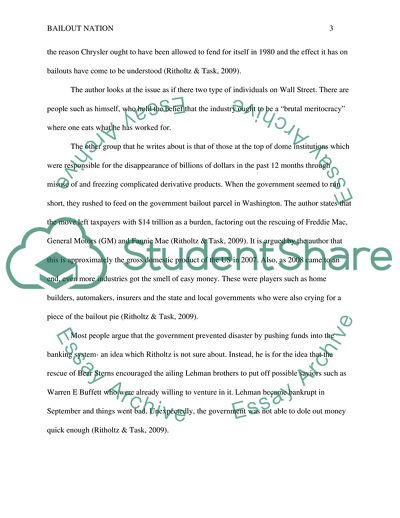Cite this document
(Analysis of Bailout Nation Book by Barry Ritholtz Report/Review, n.d.)
Analysis of Bailout Nation Book by Barry Ritholtz Report/Review. https://studentshare.org/social-science/1829698-academic-journal-book-review-about-the-bailout-nation-book-written-by-barry-ritholtz
Analysis of Bailout Nation Book by Barry Ritholtz Report/Review. https://studentshare.org/social-science/1829698-academic-journal-book-review-about-the-bailout-nation-book-written-by-barry-ritholtz
(Analysis of Bailout Nation Book by Barry Ritholtz Report/Review)
Analysis of Bailout Nation Book by Barry Ritholtz Report/Review. https://studentshare.org/social-science/1829698-academic-journal-book-review-about-the-bailout-nation-book-written-by-barry-ritholtz.
Analysis of Bailout Nation Book by Barry Ritholtz Report/Review. https://studentshare.org/social-science/1829698-academic-journal-book-review-about-the-bailout-nation-book-written-by-barry-ritholtz.
“Analysis of Bailout Nation Book by Barry Ritholtz Report/Review”. https://studentshare.org/social-science/1829698-academic-journal-book-review-about-the-bailout-nation-book-written-by-barry-ritholtz.


